Disclosure: This article contains affiliate links. We may earn a commission from purchases at no extra cost to you, which helps our travel content.
Standing on the elevated viewing deck at Nairobi National Park, watching a tower of giraffes silhouetted against the setting sun with the city skyline bizarrely visible in the background, I couldn't help but reflect on the peculiar juxtaposition of ecosystems I was witnessing. As a marine biologist, my professional life typically unfolds beneath the waves, but Kenya's terrestrial ecosystems have captivated me since my first visit during a global coastal research expedition years ago. The remarkable accessibility of Kenya's wildlife treasures makes this destination uniquely suited for families seeking their first safari experience. After five visits spanning nearly a decade, I've developed a particular appreciation for how a well-planned Nairobi-based safari can introduce children to conservation concepts while creating those increasingly rare moments of genuine wonder that no digital screen can replicate. What follows is my scientifically-informed but family-friendly guide to experiencing Kenya's wildlife treasures in a way that balances adventure, education, and responsible tourism.
Nairobi National Park: The Urban Wildlife Sanctuary
Just 7 kilometers from downtown Nairobi lies a phenomenon that still amazes me after multiple visits: a fully-functioning savanna ecosystem complete with lions, rhinos, and over 400 bird species, all separated from skyscrapers by nothing more than an electric fence. Nairobi National Park offers the perfect soft introduction to safari experiences, especially for families with younger children who might not be ready for long drives to remote locations.
During my most recent visit, I arrived at the east gate shortly after its 6:00 AM opening. Early morning game drives significantly increase your chances of witnessing predator activity—a lesson I learned during my first visit when I foolishly arrived at midday and saw little beyond distant herbivores seeking shade. The morning light also provides optimal conditions for photography, casting a golden glow across the landscape that makes even amateur photographers look competent.
The park's proximity to the city makes it feasible as a day trip, but I recommend allocating a full morning (minimum 4 hours) to properly explore its 117 square kilometers. The southern sector, with its acacia woodland and seasonal streams, consistently yields the most interesting sightings. On my last visit, we spent nearly an hour observing a black rhino mother and calf browsing peacefully—a poignant reminder of conservation success in a country that has fought hard to protect its rhino population.
While self-driving is possible, families will benefit enormously from hiring a local guide with a proper safari vehicle. My guide Daniel not only spotted animals I would have missed entirely but provided fascinating context about behaviors and ecosystems that transformed simple animal sightings into educational moments. The elevated roof hatches of safari vans also allow children to stand safely for better viewing without the risk of them attempting to lean out of regular vehicle windows.
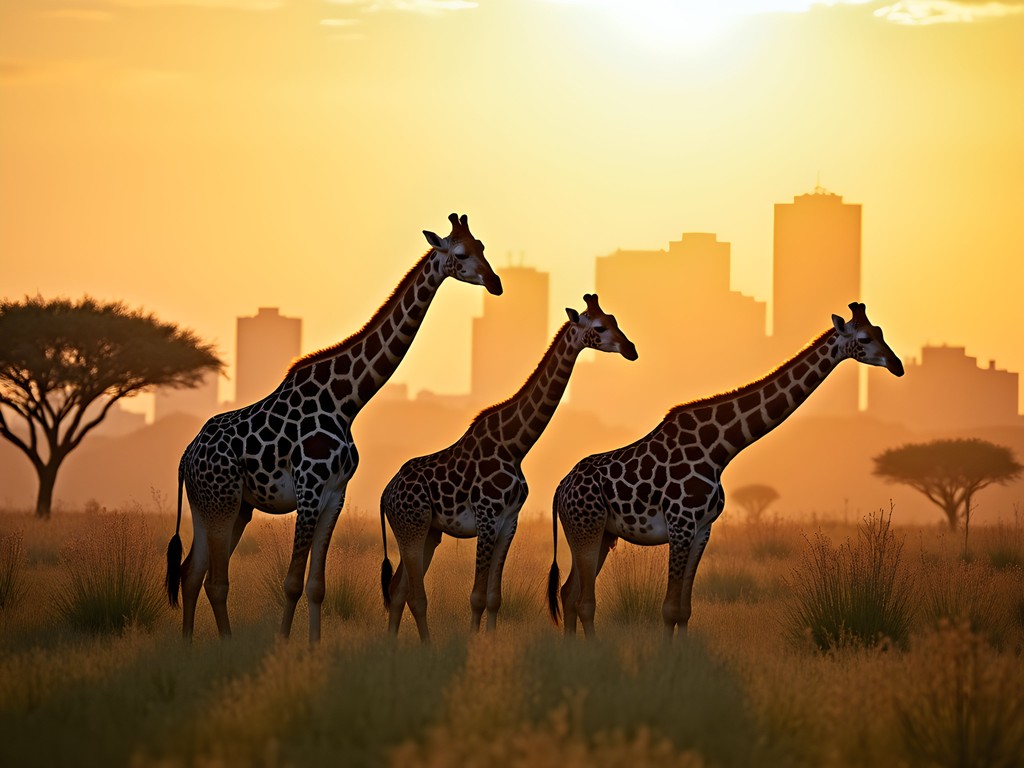
💡 Pro Tips
- Arrive at opening time (6:00 AM) for the best wildlife activity and photography light
- Hire a knowledgeable local guide rather than self-driving—they spot animals you'll miss and provide educational context
- Pack breakfast and plenty of water—there are designated picnic areas with stunning views
The Maasai Mara: Kenya's Crown Jewel
While Nairobi National Park serves as an excellent introduction, no Kenyan safari is complete without experiencing the Maasai Mara. Located about 270 kilometers from Nairobi, this extension of Tanzania's Serengeti ecosystem represents what most people envision when dreaming of an African safari. The journey takes approximately 5-6 hours by road, though families with sufficient budget might consider the 45-minute flight options from Wilson Airport.
Having visited during different seasons, I can confidently state that timing significantly impacts your experience. My visit during the Great Migration (July-October) was undoubtedly spectacular—witnessing over a million wildebeest and zebras crossing the Mara River while crocodiles waited patiently is a primordial drama that affected me more profoundly than any nature documentary could prepare me for. However, the migration period also brings higher prices and more crowded viewing conditions.
For families seeking a more intimate experience with still-excellent wildlife viewing, consider the months immediately before (May-June) or after (November) the peak season. During my November visit, we frequently found ourselves alone at sightings that would have attracted dozens of vehicles during August.
Accommodation options range from budget public campsites to ultra-luxury lodges. For families, I recommend the mid-range tented camps that balance comfort with authentic bush experience. My personal favorite remains Aruba Mara Camp, where comfortable permanent tents with proper beds and en-suite bathrooms provide the canvas-and-lantern safari atmosphere without sacrificing essential comforts for children. The camp's elevation overlooking a seasonal river meant we could watch elephants and giraffes from our private verandah while my friend's children played safari bingo with species checklists provided by the attentive staff.
Packing appropriate gear enhances your Mara experience immeasurably. Beyond the obvious camera equipment, I never safari without my binoculars. While your guide will have a spotting scope for distant sightings, having personal binoculars means everyone can observe behaviors simultaneously rather than taking turns. For families, I suggest bringing at least two pairs to avoid the inevitable conflicts when something exciting appears in the distance.

💡 Pro Tips
- Book accommodations well in advance if traveling during migration season (July-October)
- Consider shoulder seasons for better value and less crowded animal sightings
- Bring binoculars for each family member if possible—wildlife viewing becomes much more engaging for children when they can see clearly
Amboseli National Park: In the Shadow of Kilimanjaro
If your family includes aspiring photographers (regardless of age), Amboseli National Park should feature prominently in your itinerary. Located about 230 kilometers southeast of Nairobi near the Tanzanian border, this park offers what many consider the definitive East African vista: elephants wandering across open plains with snow-capped Mount Kilimanjaro towering in the background.
My fascination with Amboseli stems partially from its remarkable ecological story. The park's name derives from the Maasai word meaning 'salty dust,' an apt description of the dried lakebed that dominates its landscape. Yet this seemingly harsh environment supports one of Africa's most studied elephant populations thanks to underground water from Kilimanjaro that feeds perennial springs and swamps.
During my visit with colleagues from the Amboseli Elephant Research Project, I gained appreciation for how these wetland systems function as critical drought refuges. The elevated observation hill near the park's center provides an excellent vantage point for explaining ecosystem dynamics to children—the visible patterns of vegetation, water, and animal distributions offer a natural classroom for discussions about habitat interdependence.
While elephants are undoubtedly the stars here (with some of Africa's largest tuskers still roaming freely), the park's wetlands also attract spectacular birdlife. My unexpected highlight was watching a family of saddle-billed storks fishing methodically through the shallows, their coordinated movements demonstrating sophisticated cooperative behavior that fascinated both the marine biologist and the children in our group.
For comfortable wildlife viewing in Amboseli's often intense sun, I recommend bringing a quality sun hat with proper ventilation and neck protection. The park's open landscapes provide little natural shade, and proper sun protection is essential, particularly for children. Similarly, the dust that gives Amboseli its name necessitates good optical protection—my polarized sunglasses not only protected my eyes but enhanced visibility across the sometimes hazy plains, making distant wildlife easier to spot.
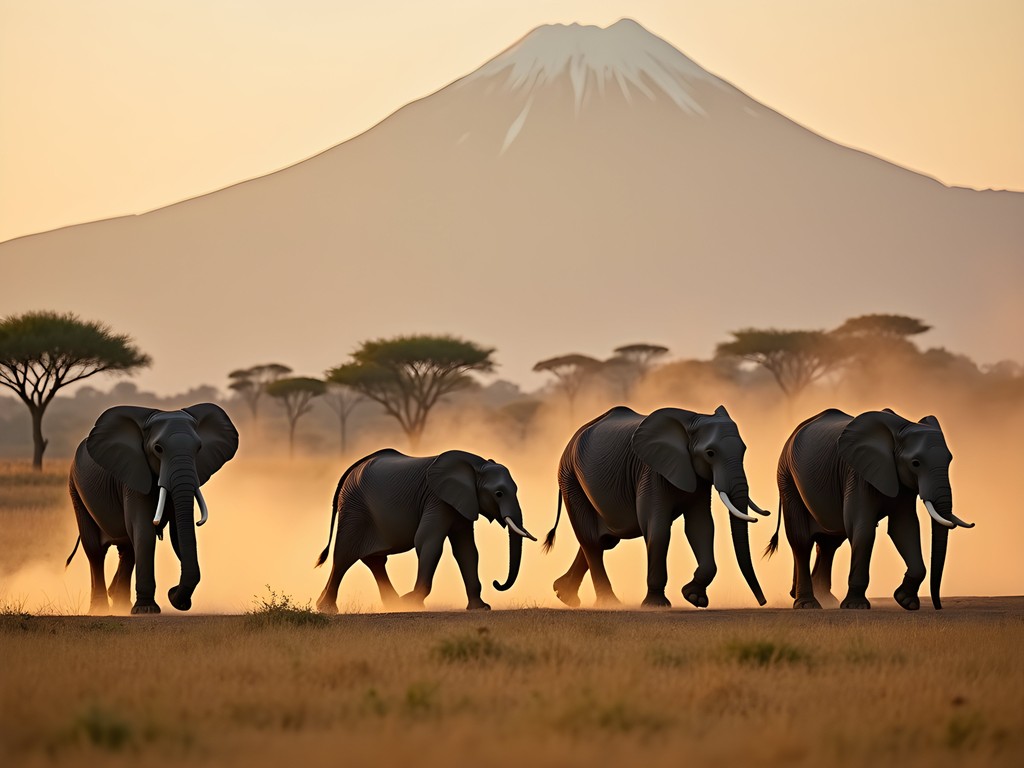
💡 Pro Tips
- Visit Observation Hill for an overview of the entire ecosystem—it's one of few places you can safely exit your vehicle
- Schedule morning game drives when Kilimanjaro is most likely to be visible before clouds build up
- Bring dust protection for camera equipment—Amboseli's fine dust can damage unprotected gear
Lake Nakuru: Flamingos and Rhinos
While marine environments remain my primary scientific interest, the alkaline lakes of Kenya's Great Rift Valley represent some of Earth's most fascinating aquatic ecosystems. Lake Nakuru National Park, approximately 160 kilometers northwest of Nairobi, offers families a different safari dimension with its combination of woodland, grassland, and extraordinary lakeshore habitats.
The lake's chemistry creates ideal conditions for cyanobacteria that support massive flamingo populations, though numbers fluctuate dramatically with water levels. During my first visit in 2012, the lake was ringed with a stunning pink band of lesser flamingos stretching to the horizon. Returning in 2019, higher water levels had diluted the alkalinity, reducing flamingo numbers but creating new habitats for pelicans, cormorants, and fish eagles.
This environmental dynamism provides excellent teaching moments for children about adaptation and ecosystem change. I watched a father explaining to his fascinated daughters how flamingos' specialized beaks filter microscopic algae from the water—the kind of direct connection between form and function that makes biological concepts stick in young minds.
Beyond waterbirds, Lake Nakuru has become one of Kenya's most important rhino sanctuaries. The park's relatively compact size and effective security have allowed both black and white rhino populations to thrive within its boundaries. During our afternoon game drive, we encountered seven different white rhinos, including a mother with a nearly grown calf that demonstrated surprising agility as they navigated between acacia thickets.
The Baboon Cliff viewpoint provides a spectacular panorama across the entire lake basin—an ideal spot for a picnic lunch while scanning for wildlife with binoculars. For families with diverse interests, Nakuru's combination of easily observable large mammals and extraordinary birdlife offers something for everyone.
The park's varied terrain makes comfortable footwear essential. My hiking shoes proved perfect for the short walks to viewpoints and the occasionally muddy conditions near the lakeshore. Unlike strictly vehicle-based safari destinations, Nakuru offers several designated areas where visitors can safely exit vehicles, making appropriate footwear particularly important.
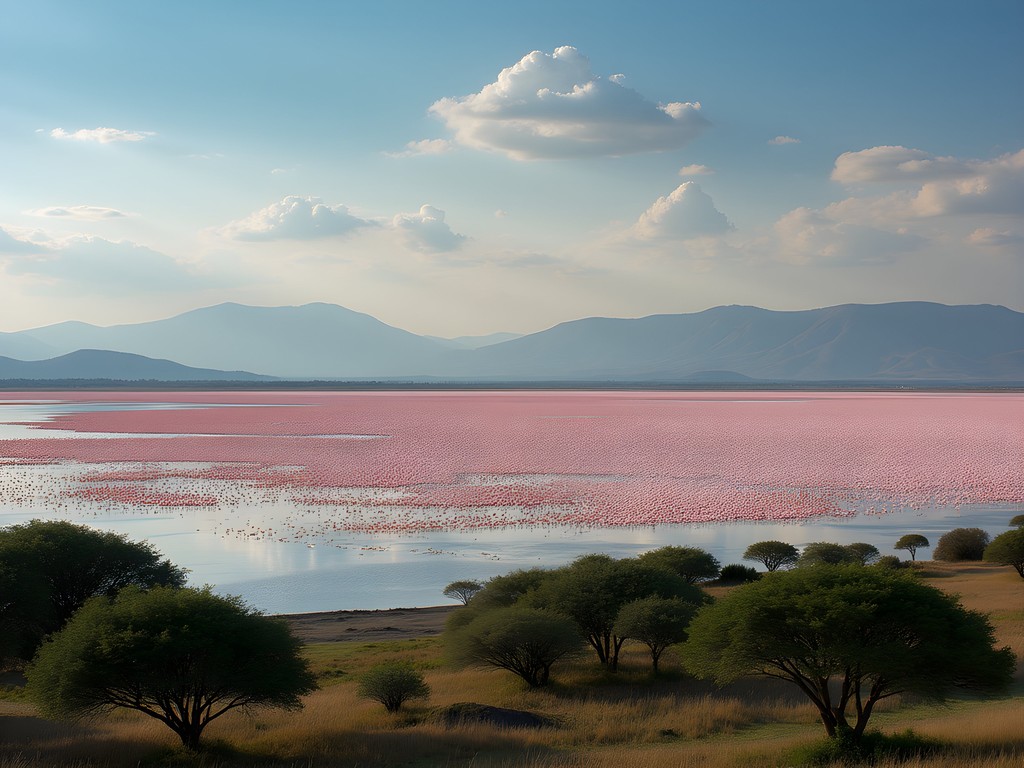
💡 Pro Tips
- Visit Makalia Falls in the southern section for a change of scenery from lake views
- Bring a field guide to East African birds—Nakuru's diversity makes identification both challenging and rewarding
- Choose accommodations inside the park if possible—early morning wildlife activity around the lakeshore is spectacular
Family-Friendly Safari Logistics
Organizing a family safari requires balancing adventure with practicality. Having accompanied friends with children ranging from 6 to 16 years old, I've learned that thoughtful planning significantly enhances the experience for all generations.
Accommodation choices dramatically impact family safari experiences. While I've happily roughed it in basic campsites during solo research trips, I recommend mid-range lodges or permanent tented camps for families. These provide necessary comforts (private bathrooms, reliable electricity, proper beds) while maintaining authentic safari atmosphere. Many family-friendly properties offer triple or quad occupancy options that keep parents close to younger children while providing better value than booking multiple rooms.
Transportation logistics deserve careful consideration. While the adventurous might consider self-driving Kenya's sometimes challenging roads, I strongly recommend hiring a professional driver-guide for family safaris. Beyond their wildlife spotting expertise, they manage the logistical complexities of park fees, route planning, and vehicle maintenance that could otherwise create stress points during your vacation.
For my most recent Kenya trip, I worked with Gamewatchers Safaris, whose commitment to both conservation and community development aligns with my values. Their family safari packages thoughtfully balance game drives with age-appropriate activities like guided nature walks, visits to conservation projects, and cultural interactions with local communities. Their vehicles—typically 7-seater Toyota Land Cruisers with pop-top roofs—provide excellent visibility for passengers of all heights.
Health preparations should begin well before departure. Consult a travel medicine specialist at least 6-8 weeks before your trip for required vaccinations and malaria prophylaxis appropriate for children. I maintain a comprehensive first aid kit specifically for travel that includes basic medications, wound care supplies, and rehydration salts. Kenya's medical facilities vary dramatically in quality, making good preparation essential.
Finally, managing expectations helps prevent disappointment. Before my friends' first safari with their children, I emphasized that wildlife viewing involves patience and sometimes lengthy periods between sightings. They wisely downloaded wildlife identification guides and created simple games that kept their children engaged during drives. The resulting sense of accomplishment when the kids spotted animals before the adults did created some of their most cherished memories.
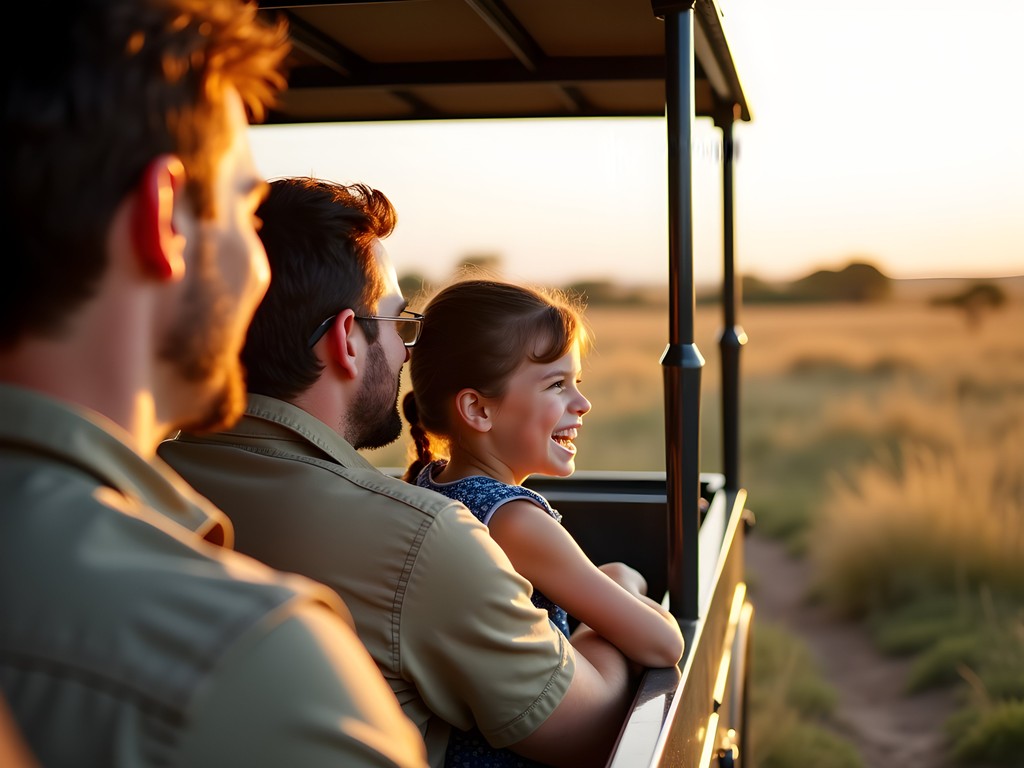
💡 Pro Tips
- Choose accommodations with pools for afternoon breaks between game drives—they provide welcome recreation for children during hot midday hours
- Pack easily washable, neutral-colored clothing that can be layered for temperature changes between cool mornings and hot afternoons
- Bring basic medications including children's fever reducer, antihistamines, and motion sickness remedies
Final Thoughts
Kenya's wildlife treasures offer families an unparalleled opportunity to disconnect from digital distractions and reconnect with both nature and each other through shared moments of discovery. Whether watching a cheetah teaching her cubs to hunt in the Mara, counting flamingo species along Lake Nakuru's shore, or simply sitting in silent awe as elephants pass within meters of your vehicle in Amboseli, these experiences create the kind of core memories that shape environmental consciousness for life. As both a scientist and frequent traveler, I've observed how direct wildlife encounters transform abstract conservation concepts into personal commitments, particularly for young people. While Kenya's tourism infrastructure makes safari experiences remarkably accessible, the country's ongoing conservation challenges remind us that responsible visitation matters. Choose operators committed to sustainable practices, respect wildlife viewing guidelines, and consider contributing to local conservation initiatives. The future of these extraordinary ecosystems depends on raising the next generation of conservation advocates—and there's no more powerful way to inspire that commitment than through the wide-eyed wonder of a child's first safari adventure.
✨ Key Takeaways
- Start with Nairobi National Park for an accessible introduction before venturing to more remote reserves
- Consider shoulder seasons (May-June, November) for better value and less crowded wildlife viewing
- Choose family-friendly accommodations that balance authentic safari experience with necessary comforts
- Hire professional guides who can transform animal sightings into educational opportunities
📋 Practical Information
Best Time to Visit
Dry seasons: January-February and June-October
Budget Estimate
$3,000-$5,000 per person for a 7-day safari including accommodations, transportation, and park fees
Recommended Duration
7-10 days minimum to visit multiple parks without rushing
Difficulty Level
Beginner-Friendly With Proper Planning
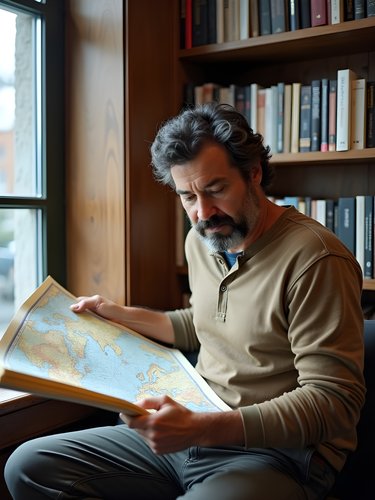
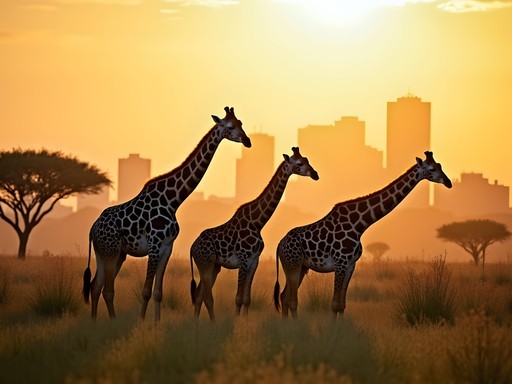
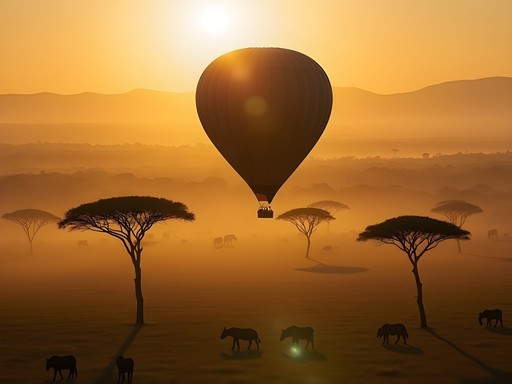
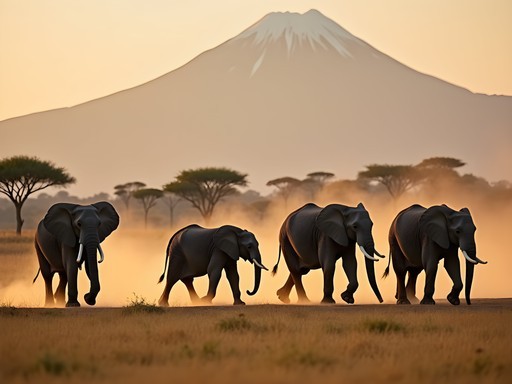
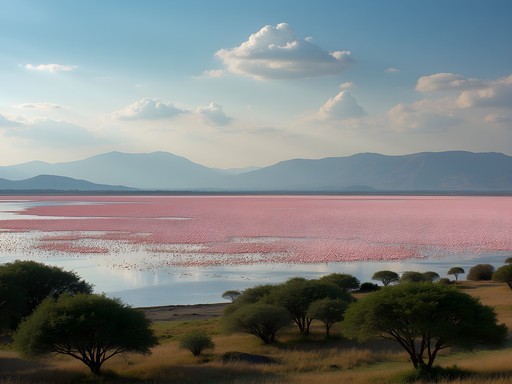
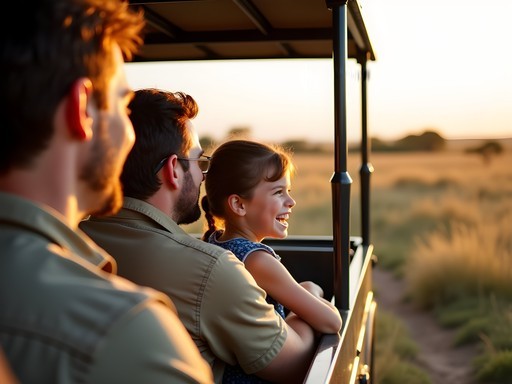


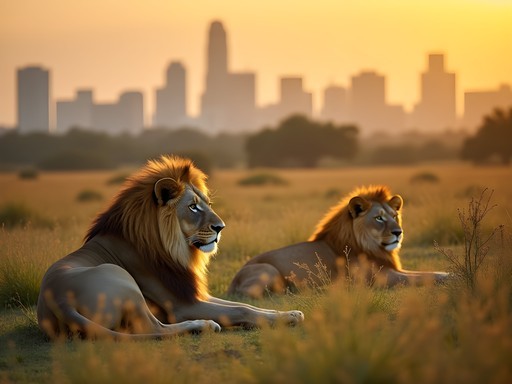
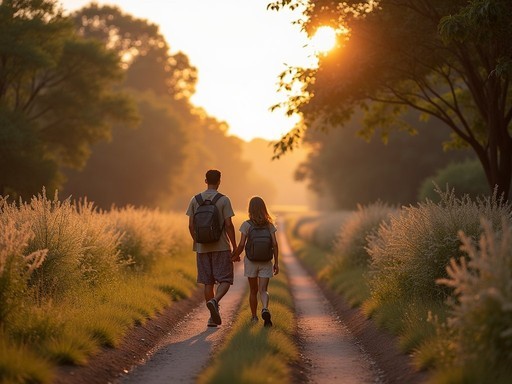
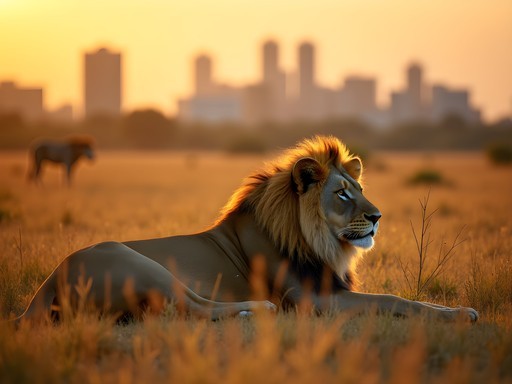
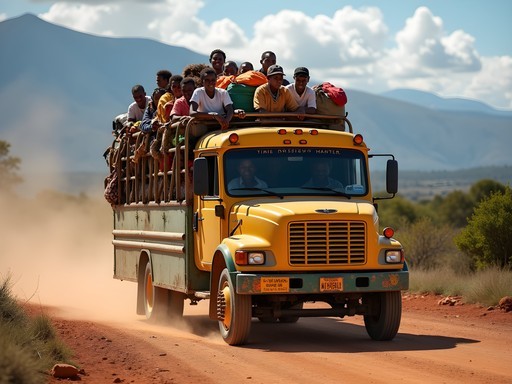

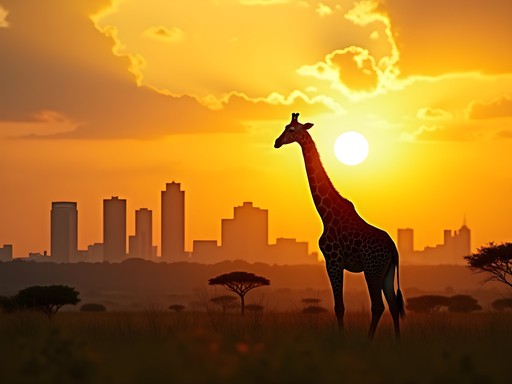


Comments
Hunter Thompson
Great post Peter! As a fellow backpacker who did Kenya on a budget last year, I'd add that there are some decent public transportation options for those not wanting to splurge on private tours. The matatus (minibuses) to Nairobi National Park are chaotic but super cheap, and there are affordable campsites near Maasai Mara if you're willing to rough it. The local guides at the Mara North Conservancy were incredible - they spotted a leopard that I would have completely missed! One tip: the dust is INTENSE during dry season, so bring plenty of protection for your camera gear. Anyone else found good budget options for exploring these parks?
redone
We did the public transportation too and it was great! Stayed at a place called Wildebeest Eco Camp near Nairobi - decent budget option with good connections to the park.
photoseeker
Stunning photos, especially those Maasai Mara sunset shots! I'm planning a trip for next January - would you recommend the same itinerary or is there a better time of year? Also, what camera setup were you using? Those wildlife close-ups are incredible!
Peter Hunter
Thanks photoseeker! January is actually great for Amboseli and seeing Kilimanjaro clearly, but if you want to catch the migration in Maasai Mara, aim for July-October. I used a telephoto zoom for most wildlife shots - worth the investment if you're serious about safari photography!
photoseeker
Thanks for the tips! Might have to adjust my dates then. That lens looks amazing but might be out of my budget - did you rent it specifically for the trip?
redone
Just got back from Nairobi last month and your post brought back so many memories! That view of giraffes with the city skyline is exactly what blew my mind too. We did the Nairobi National Park as a day trip and couldn't believe how close the animals were. Did you have any luck spotting the black rhinos? We only saw them from really far away. Lake Nakuru was our favorite though - those flamingos are even more impressive in person!
Hunter Thompson
The black rhinos are so elusive! I spent three days at Nairobi National Park and only caught a glimpse once at dawn. Definitely worth the early wake-up though! Did you stay overnight near Lake Nakuru or do it as a day trip?
redone
We did an overnight at Lake Nakuru Lodge - totally worth it to see the sunset and early morning light on the lake. Not the cheapest option but the views were incredible!
Douglas Bradley
Excellent overview of Kenya's safari options, Peter. Having visited these parks multiple times, I'd add that timing is everything. For anyone planning a trip, the migration in Maasai Mara (July-October) is spectacular but crowded. Consider visiting in November or February-March for better rates and still excellent wildlife viewing. Also worth noting that Amboseli can sometimes have hazy views of Kilimanjaro during certain seasons - December and January typically offer the clearest mountain views. For families traveling with children, the Nairobi National Park day trip is perfect as a gentle introduction before heading to more remote parks.
tripqueen
Just got back from Kenya and WOW! Peter, your article was our inspiration! The flamingos at Lake Nakuru were even more spectacular than your photos show. We saw thousands of them creating this incredible pink carpet across the water. And you were so right about disconnecting - my kids actually forgot about their phones for days because they were so captivated by the wildlife. Our guide mentioned the best time for photography is early morning, which wasn't in your post but made a huge difference for our shots. I used my zoom lens for most wildlife photos and it was perfect for capturing those distant lions!
Peter Hunter
So glad you had an amazing experience! You're absolutely right about the early morning light - it's magical for photography. Those flamingo sightings can be truly spectacular depending on the season.
coffeebackpacker
Going to Kenya next month! Is the Maasai Mara worth the extra cost compared to just visiting Nairobi National Park?
Douglas Bradley
Absolutely worth it! While Nairobi NP is convenient, the Mara offers a completely different experience. The vast savannah landscapes and concentration of wildlife (especially during migration) can't be matched. I'd recommend at least 3 days there if your budget allows.
coffeebackpacker
Thanks Douglas! Just booked a 3-day safari. Can't wait!
summerseeker
That photo of giraffes against the Nairobi skyline is unreal! Never knew you could see wildlife so close to a major city.
Peter Hunter
Thanks! It's one of the things that makes Nairobi National Park so special - literally the only national park in the world that borders a capital city.
Lillian Diaz
Peter, your post captures the magic of Kenya perfectly! I backpacked through Kenya last year and was blown away by how different each park feels. For budget travelers reading this: you can actually do Nairobi National Park as a half-day trip using Uber to the gate and joining a shared safari van - saved me about $60! One thing I'd add about Amboseli that you didn't mention - the elephants there have the longest tusks I've seen anywhere in Africa. Apparently it's because there's no mineral deficiency in the soil. The Kilimanjaro backdrop makes for stunning photos, but go early morning before clouds cover the mountain. Anyone else notice how the different parks have completely different vibes?
greenperson
Love that Uber tip! Did you feel safe as a solo traveler? Planning my first Africa trip and nervous but excited!
Lillian Diaz
Totally felt safe! Nairobi has normal big city precautions, but tourist areas are well-patrolled. The national parks all felt super secure. Just use common sense and you'll have an amazing time!
sunsetchamp
Those sunset shots are incredible! Kenya's light is just different somehow.
citybuddy
Just got back from Kenya last month and LOVED Nairobi National Park! For anyone planning a visit - it's perfect if you have a layover in Nairobi or limited time. We only had 24 hours in the city but still managed a 4-hour safari and saw lions, giraffes, zebras, and buffalos! The proximity to the airport makes it super convenient. One thing to note though - Lake Nakuru didn't have nearly as many flamingos as we expected. Our guide said they've been moving to other lakes in recent years. Still beautiful, but just manage expectations!
sunsetchamp
Did you stay overnight in Nakuru or do it as a day trip from Nairobi?
citybuddy
We did one night at Lake Nakuru Lodge - worth it for the early morning game drive when the animals are most active!
Venture X
Premium card with 2X miles, $300 travel credit, Priority Pass